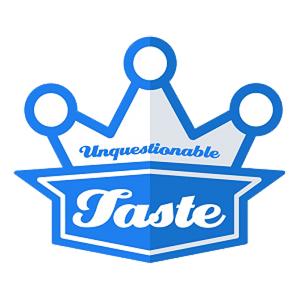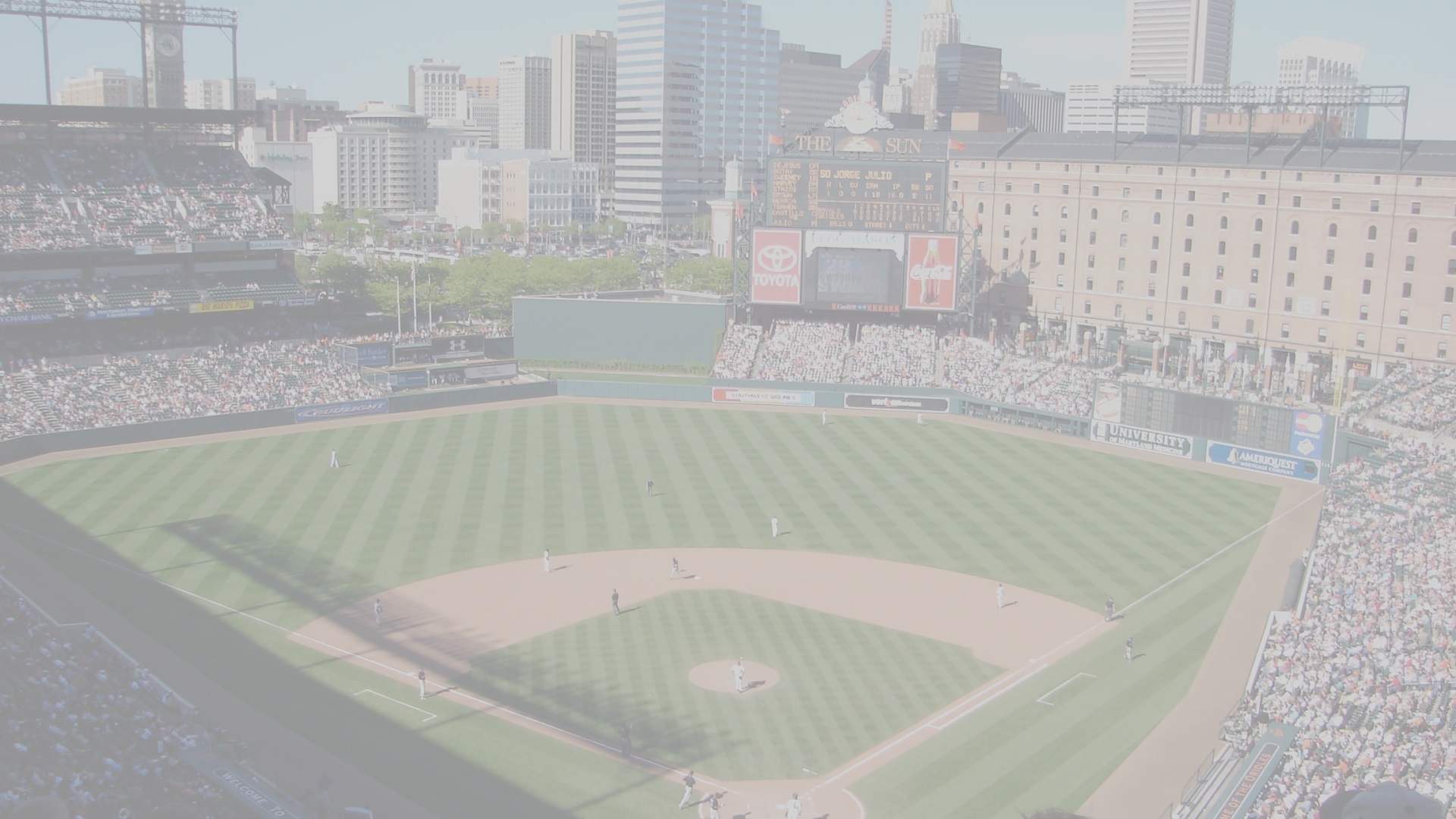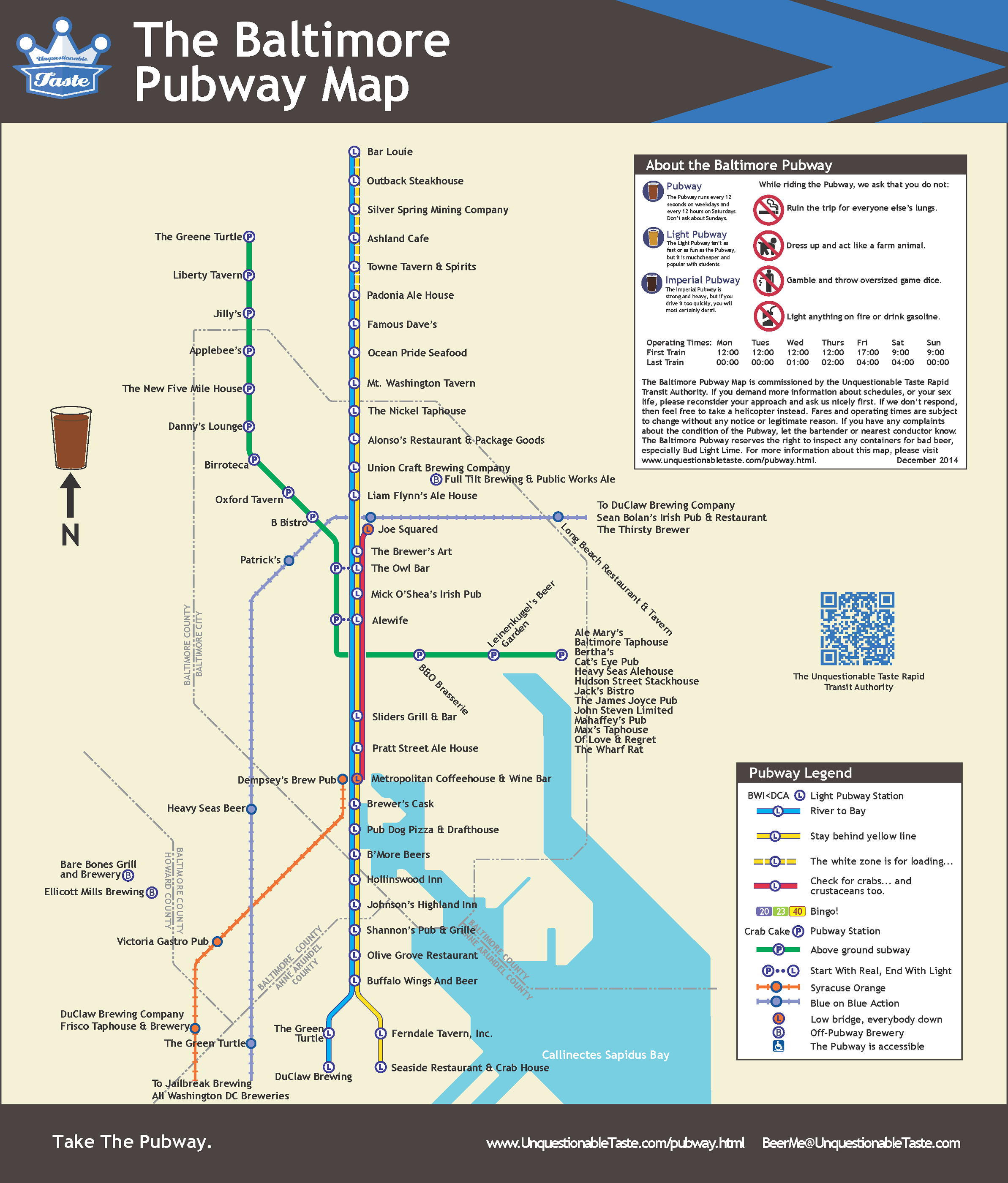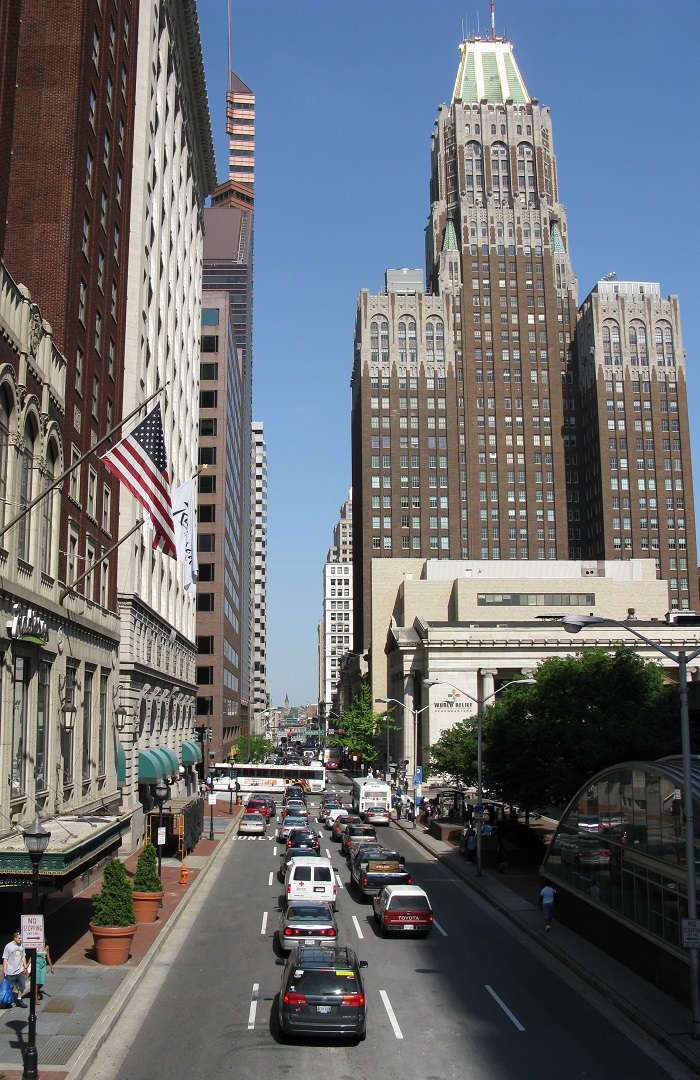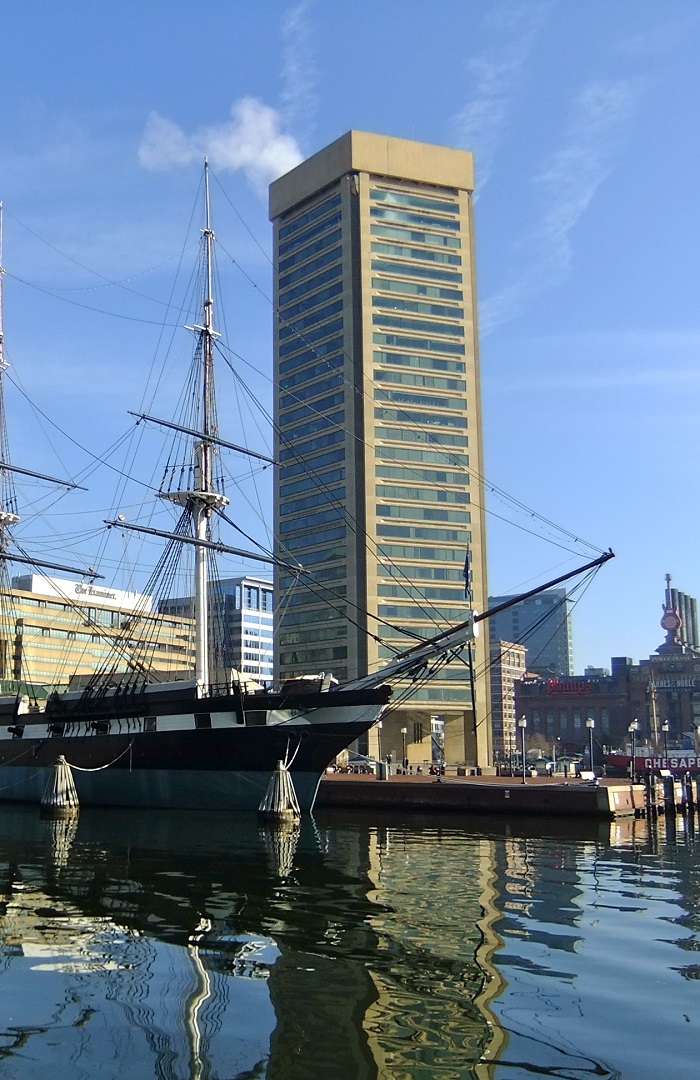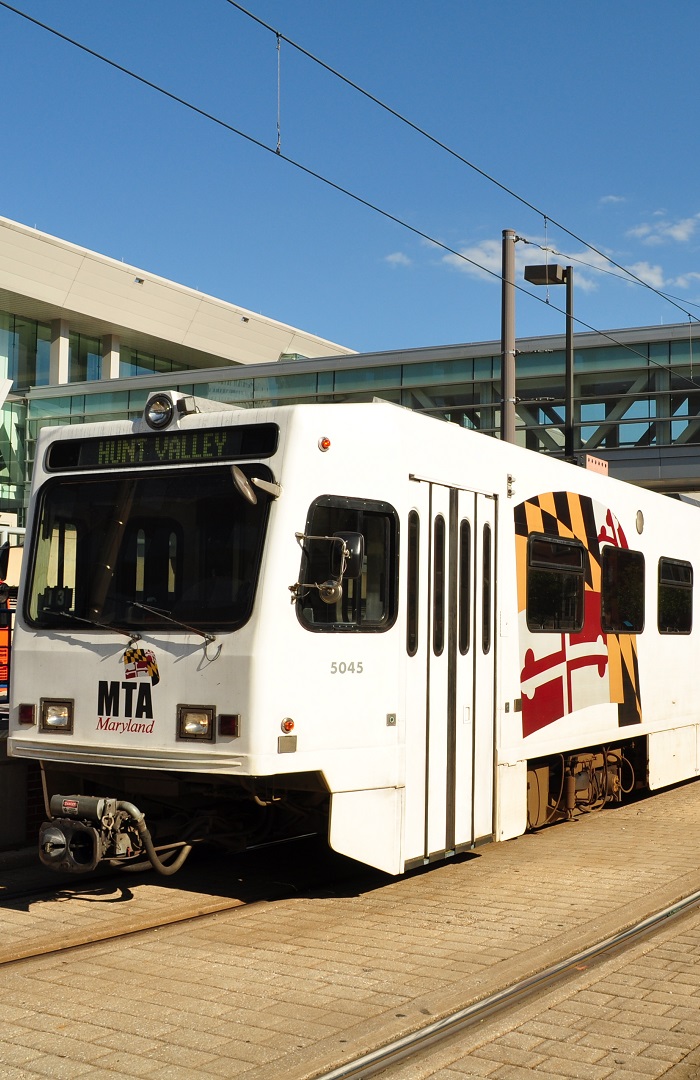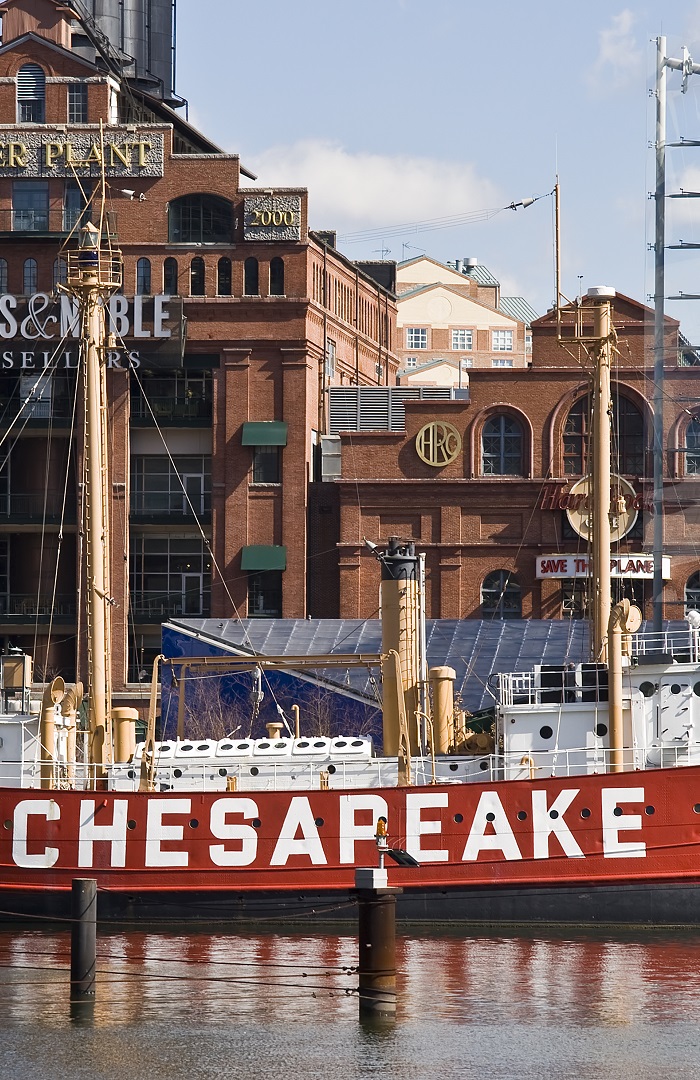First Published: December 15, 2014
Last Update: December 15, 2014
Crab Cake
Located an hour from Washington, D.C. on the Chesapeake’s Patapsco River lies the port city of Baltimore, known as “Charm City.” Initially inhabited by the Piscataway Tribe of the Algonquins, the land later established as Baltimore City was first colonized by English settlers, who were amicably granted rights to settle by the peaceful Piscataways. Baltimore was officially founded in 1729. Being privileged with access to the 200 mile long Chesapeake Bay, Baltimore grew into an important shipping and trade center, with its population exploding from 14,000 in 1790 to over 430,000 only a century later. Baltimore was the source of inspiration for Francis Scott Key’s “Defence of Fort McHenry” during the War of 1812, during the Battle of Baltimore. After Washington D.C. was burned to the ground, Baltimore was attacked by the British, whose Royal Navy bombarded the fort ship cannon fire. The poem would later be adapted into the “Star Spangled Banner,” which became America’s National Anthem in 1931. Since the 1800s, Baltimore’s strategic position along a major shipping route helped it develop into a major port town, becoming a mid Atlantic hub with extensive rail transportation networks including the famous B&O Railroad, the first chartered railroad in the US. Due to its position relative to the Mason-Dixon line, Baltimore’s population was torn during the Civil War, creating a setting for short lived, but violent and deadly upheaval. Following the end of slavery in the US, many ex-slaves found a home in Baltimore and over the next century, the local Black American presence and culture would dramatically influence the cityscape and its politics. Tobacco would become a major source of economic power for the region, which shifted development toward manufacturing and industry. During the mid 1900s, the city experienced decades of tumultuous times, especially during the Civil Rights Movement. In 1950, Baltimore’s Black American population represented about 24% of the city. By 1970, that number had risen to 46.4%. Meanwhile, many southern whites had moved up north, creating racial tensions throughout the city.
